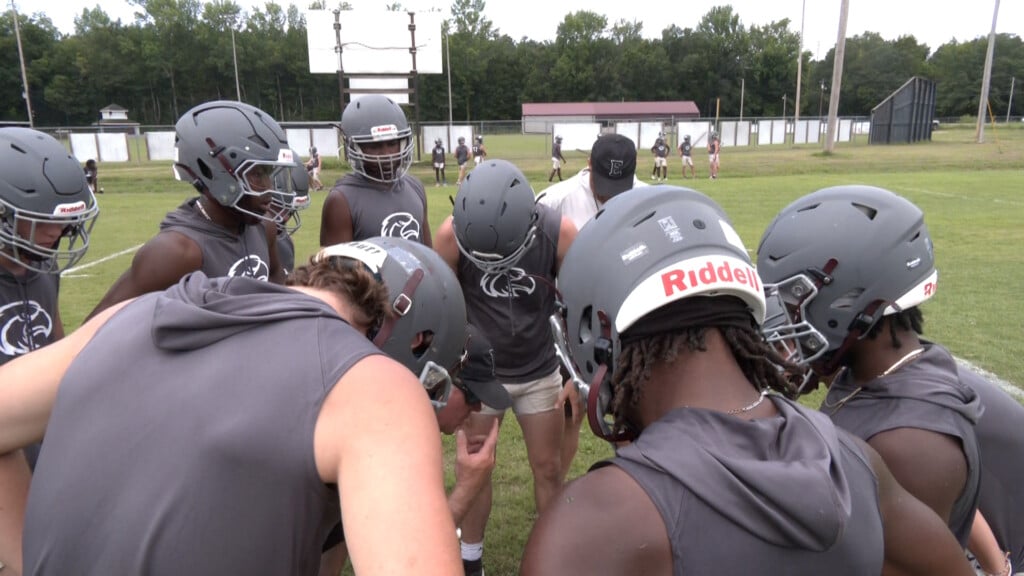Student loan debt crisis: How did we get here?
The explosion in the amount of student debt held by Americans was fueled by the financial crisis a decade ago, and economists warn the burden on borrowers threatens the economy as a whole as consumers struggle to repay their loans.
“The really scary thing is we don’t really have a plan to either address the millions of borrowers who’ve taken on student loan debt or a plan to really stop this,” said Seth Frotman, the former student loan ombudsman at the federal Consumer Financial Protection Bureau.
He resigned last year, saying the Trump administration “turned its back on young people and their financial futures.” Frotman is now executive director of the Student Borrower Protection Center.
To understand how we got here, Frotman said you have to go back 10 years.
“We saw state budgets plunge, property taxes kind of fall through the floor and across the country. State legislatures in blue states, in red states, looked around and figured out where they wanted to cut and nearly universally cut back on higher education,” Frotman said.
Tuition and fees at public and private schools rose at roughly three times the rate of inflation between 2007 and 2018, according to a College Board survey. But Americans still see a college education as a guaranteed investment. So students and their parents sign up for loans without fully understanding the impact debt has on their ability to purchase homes, start families or save for retirement.
That mentality may sound familiar. In many ways, Frotman said borrowers are repeating the same mistakes made in the run up to the financial crisis, when people believed the value of their homes would always go up and a mortgage was always a good investment.
“It’s remarkable how there are the same exact comparisons being made in the student debt crisis,” Frotman said. “We’re telling individuals, ‘Just take on the debt, it’s worth it.’ And the larger ramifications to their lives and our society are truly unknown.”
Many students believe they have no choice but to take on debt. Higher education is required to enter certain industries, even as wages haven’t kept pace with the cost of a degree. Earlier this year, CBS News met Racquel Ward-Zamora, an Oakland teacher with a masters degree living in a van with her wife and two dogs. It was a better deal for the couple, since Ward-Zamora makes around $60,000 a year in an area with an average rent of a one bedroom apartment at about $3,000 a month.
But even for public servants like teachers, little help is available. The Temporary Expanded Public Service Loan Forgiveness program, which was funded by Congress last year with $700 million, has gotten more than 38,000 applicants. Only 262 have successfully gotten loan forgiveness.
In addition, vulnerable borrowers are punished when they can’t make their payments.
“In this country, we essentially treat student loan borrowers the same way we treat tax cheats and deadbeat parents,” Frotman said. “We will seize your wages. We will seize your tax refunds. We’ll even seize your Social Security benefits. We don’t allow them to have a second chance in bankruptcy all because you have a student loan. That is wrong.”
© 2019 CBS Interactive Inc. All Rights Reserved.





Leave a Reply